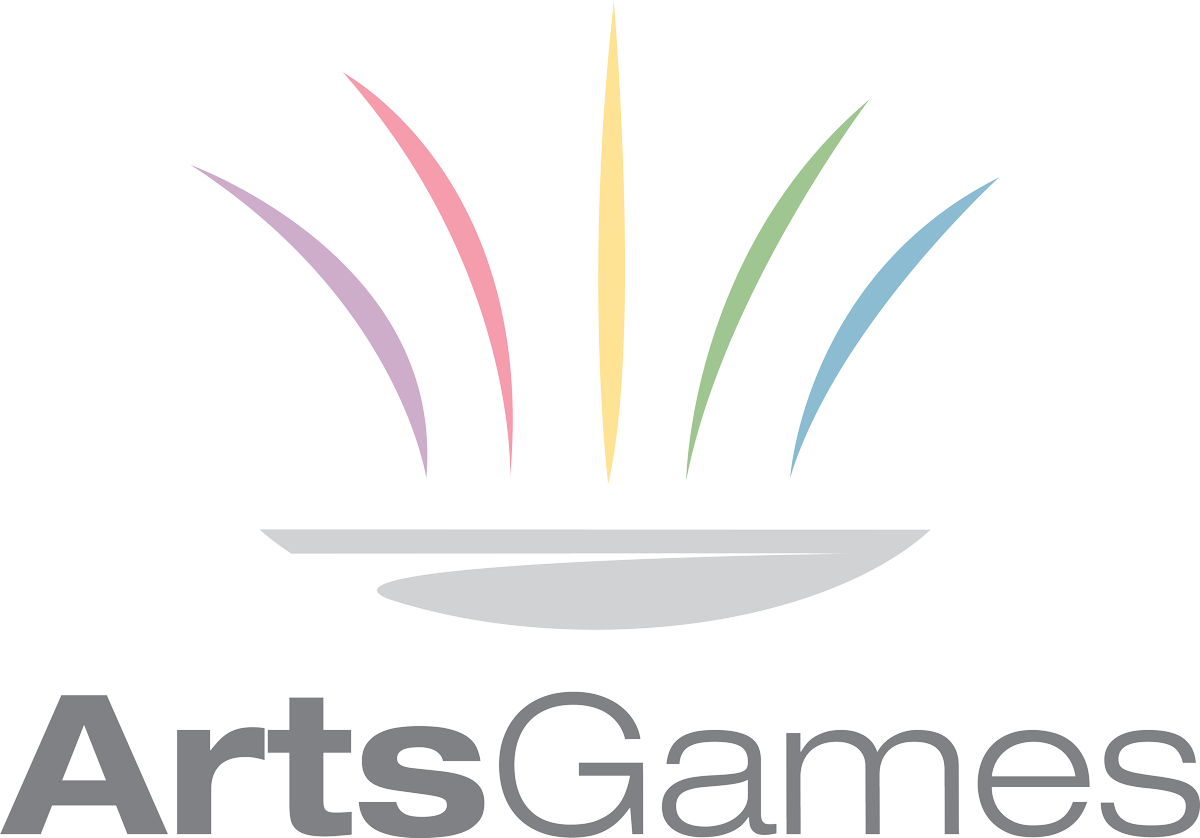The Potential
Where could it lead?
With one Olympic staged show under their belt, the team decided that this could be the best platform to elevate artists who used their craft for the betterment of humanity
.
Would the Olympic Committee consider bringing artists back into the fold? The idea blossomed when the team learned that 1948 was the final year the IOC awarded medals to both athletes and artists at the Olympic Games.
Dreaming of an Olympic-Arts platform for cross-culture understanding
The Olympics is a platform for cross- cultural understanding. The potent combination of patriotism and excellence, in the hands of artists, could also move the needle on global acceptance of other cultures. As an Olympian Ms. Sweeney began to see the possibilities.
Research had shown that people from around the world were studying how artists could be more impacting in bridging cultural divides. Klaus Schwab, the founder of the World Economic Summit even convened artists in Davos Switzerland for this very reason. How could theyuse their profile and access to everyday people to better understanding one another's cultures?
This was what Oscar Peterson and so many others artists had done on their own for decades, changed hearts and minds without any other tool than the excellence they demonstrated as artists. It was the magnet that drew people from so many different cultures, to connect and revere people from cultures other than their own. The missing ingredient, according to Ms Sweeney, was infrastructure.

Olympic Silver medal awarded to Canadian violinist, John Weinzweig in 1948.
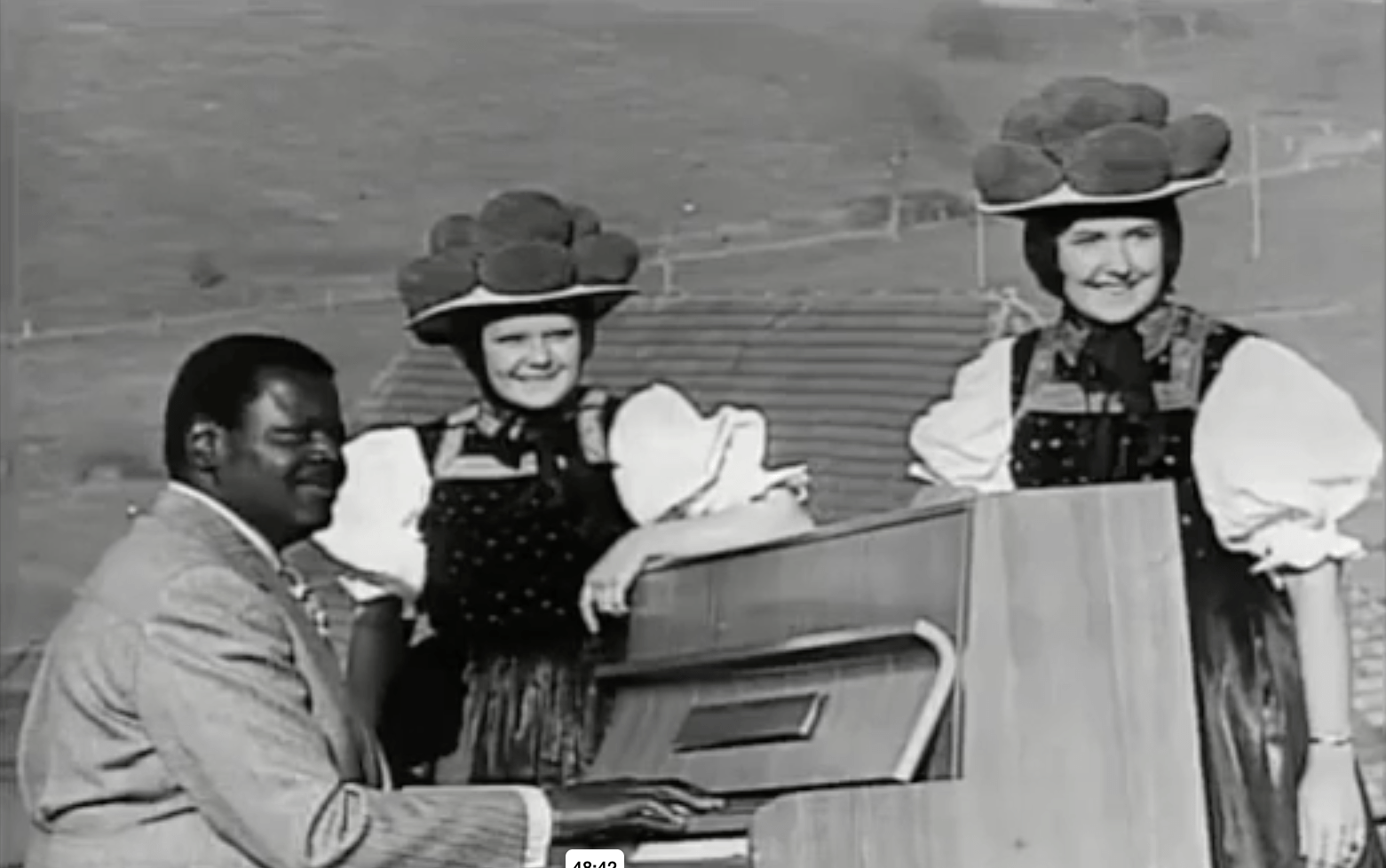
Oscar Peterson on tour
The Journey Begins
Research and Development
International Performing arts for all

The time had come to build a team that could see the potential. Jim Murray the Director of Games for the Candian Olympic Association became an advisor.
Ms Sweeney established a company named International Performing Arts For All (IPAFA).
“For all” is a sports designation. IPAFA would applied this to the arts. It was a term that they hoped the Olympic Committee would relate to if that organization could be convinced to help to develop the idea, to bring artists back into the fold of Olympic Competitions..
But it was also decided that the idea had to be tested.
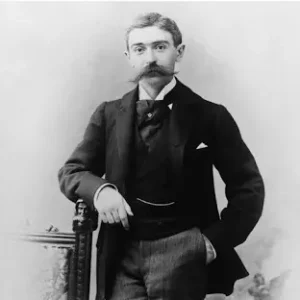
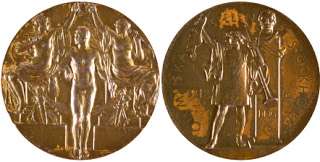
Testing the Model
A blueprint was needed to show how we could bring cultures together. Firsthand encounters, between cultures, remove barriers and misconceptions.
The Blueprints Festival was the team’s first attempt to achieve that.Staging festivals helped to prepare the team to take this concept to a world stage..
Overcoming Obstacles
The first Blueprints festival saw the worst rainstorms in decades, in the City of Toronto. Undaunted by the near financial ruin, the team staged a second Festival at the Harbourfront Centre the next year and accomplished their objectives.

Could this be a new era of Arts and Culture?
After staging 2 Blueprints Festivals, the team felt ready to bring the concept to the International Olympic Committee for discussion.
It was 2001, and it was time to call Olympic experts like Carol Ann Letheren, Head of the Canadian Olympic Committee and to call on one of the most influential Olympians in the world, Mr. Richard W. Pound.
A Pound of Olympic advice
The Helping Hands of Canadian Olympic Executives
Guiding Missles
The first Olympic direction came from the Canadian Olympic Association’s Head, Carol Ann Letheran, who advised that the group study the structure of the IOC, and its Int’l Federations.
The team was officially joined by James Murray, former Director of Games for the Canadian Olympic Committee. He unlocked years of his Olympic experience and poured it into the project.
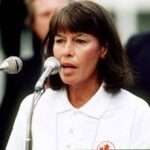
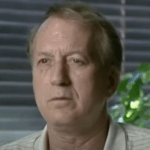
Pounding Ahead
Richard Pound Weighs In
To receive advice from the most iinfluential Canadian IOC member, Richard W. Pound was invaluable.
Mr. Pound is credited with launching the most successful sales and marketing initiative for the IOC in its history.
He started a program for the IOC in the 80’s that brought it bank from the brink of bankruptcy to become the most prolific sports revenue-generating machines in the world.


Richard W. Pound
His Advice
1.Bring the concept to the IOC and work with them on realizing its potential.
2. License the Rings for that specific purpose.
3. Strike out on their own and build the Games brick by brick, just like Pierre de Coubertin had done.
The Options
Option 3. appeared highly unlikely at that time.
Option 2. seemed financially unattainable..
Option 1. would win the day..
This option would set the wheels in motion for the next 12 years of IPAFA’s history.
Lorem ipsum dolor sit amet, at mei dolore tritani repudiandae. In his nemore temporibus consequuntur, vim ad prima vivendum consetetur. Viderer feugiat at pro, mea aperiam
For more details on Artists Olympians please read the Smithsonian article left link below. For more details on the ArtsGames History please follow the right link below.
